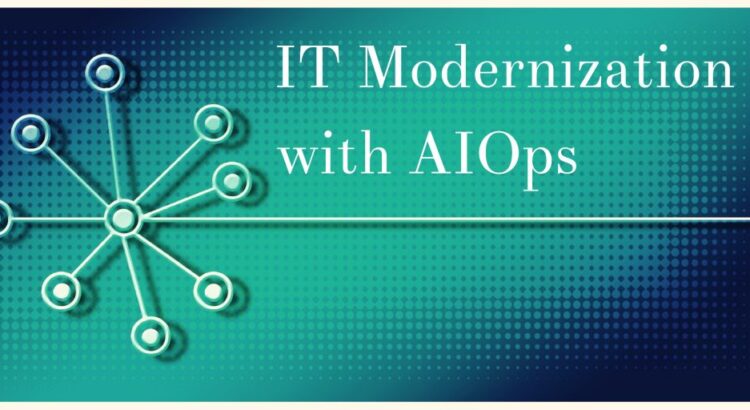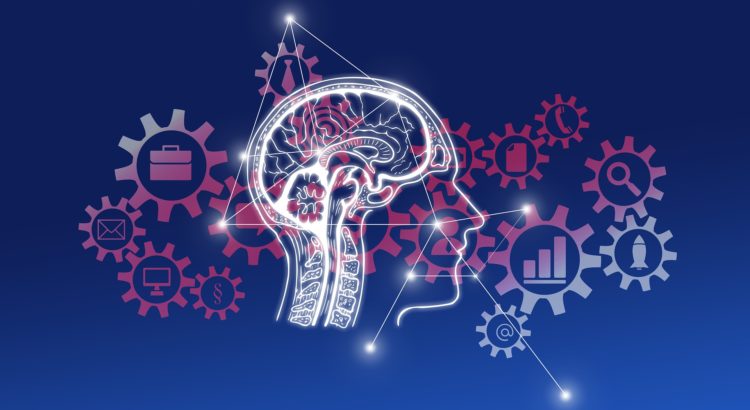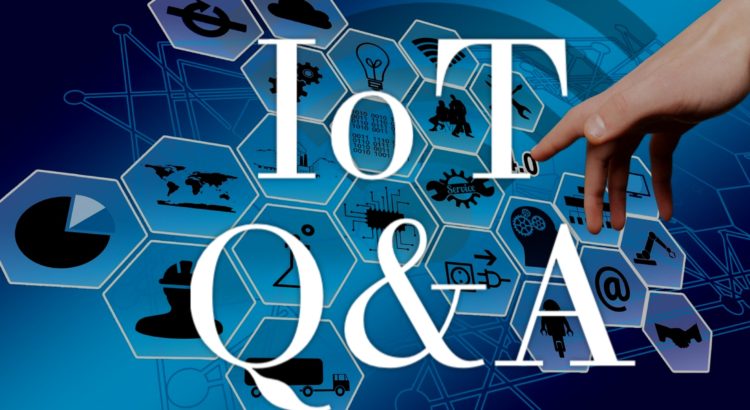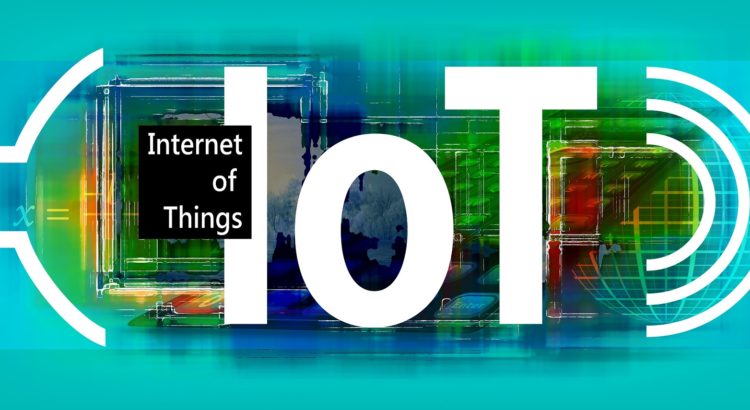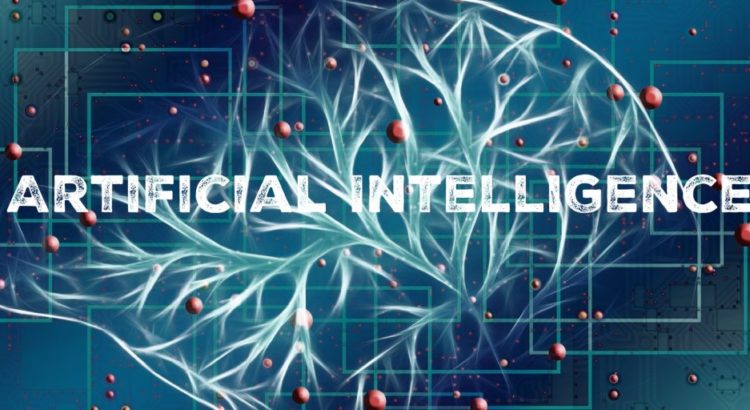It happens with more frequency these days. Two companies merge, and the IT departments breathe a small sigh of relief as they learn that they both use the same infrastructure software, though one is on-premises and one is in the cloud. Their relief slowly dissolves, as they discover that the cloud-provisioned workers are using features in the software that have yet to be integrated into the on-prem version. Now both have to adapt and it seems that no one is happy.
So, what’s the best way to get these versions in sync? A Continuous Delivery model is increasingly being adopted to get software development on a pace to keep up with business demands. The Continuous Delivery model results in a development organization that looks much like current manufacturing processes with effective workers, modern machines, and a just-in-time inventory. Even large software companies are starting to embrace this cloud delivery methodology to create a continuous stream of new revisions. Read More
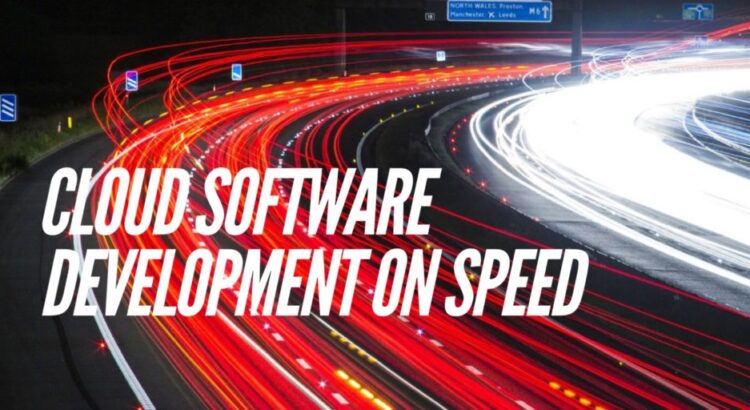


 ) International Standard work? Is it possible be to both S3 and CMDI compliant? What security measures are in place with CDMI? How, and where, is CDMI being deployed? These are just some of the topics we covered at our recent SNIA Cloud Storage Technologies (CSTI) webcast, “
) International Standard work? Is it possible be to both S3 and CMDI compliant? What security measures are in place with CDMI? How, and where, is CDMI being deployed? These are just some of the topics we covered at our recent SNIA Cloud Storage Technologies (CSTI) webcast, “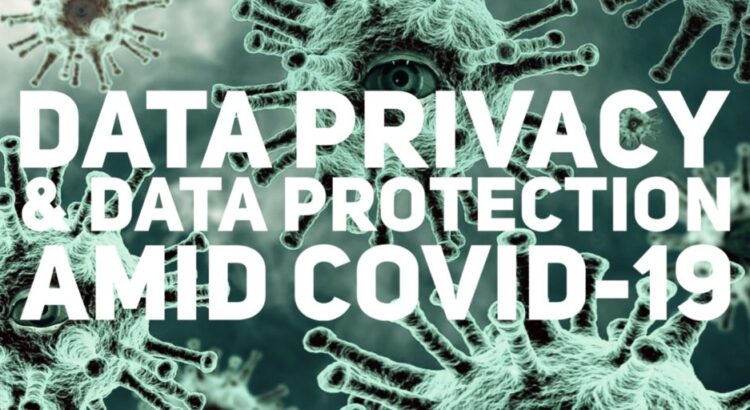

 ), also known as the ISO/IEC 17826 International Standard, is intended for application developers who are implementing or using cloud storage systems, and who are developing applications to manage and consume cloud storage. It specifies how to access cloud storage namespaces and how to interoperably manage the data stored in these namespaces. Standardizing the metadata that expresses the requirements for the data, leads to multiple clouds from different vendors treating your data the same.
), also known as the ISO/IEC 17826 International Standard, is intended for application developers who are implementing or using cloud storage systems, and who are developing applications to manage and consume cloud storage. It specifies how to access cloud storage namespaces and how to interoperably manage the data stored in these namespaces. Standardizing the metadata that expresses the requirements for the data, leads to multiple clouds from different vendors treating your data the same. 